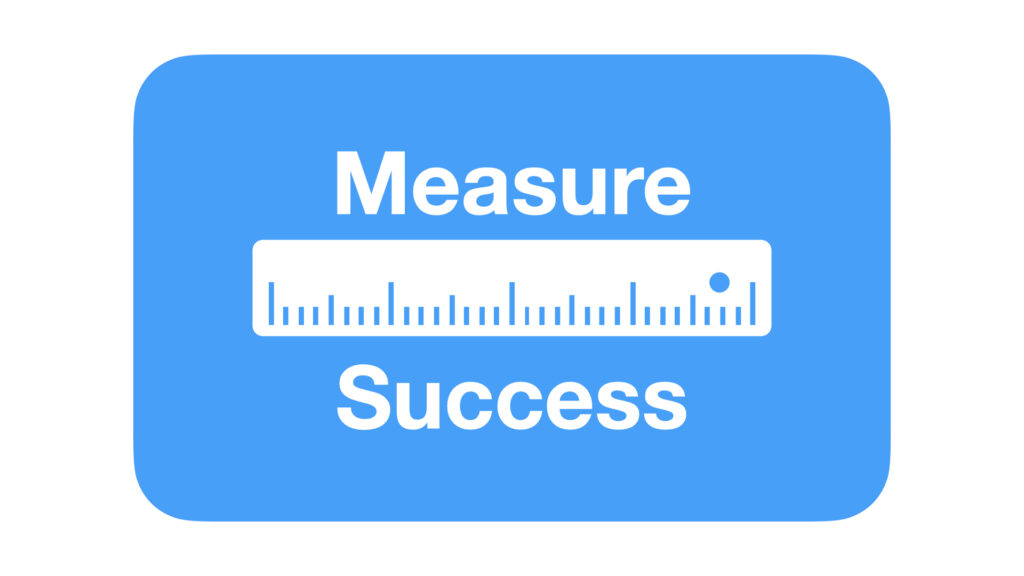
So, you’ve put in the work to optimize your Christian website, but now you’re probably asking yourself, “How do I know if it’s working?” It’s a fair question—SEO (Search Engine Optimization) isn’t like turning on a light switch where you see instant results. Measuring your progress is key to knowing whether your efforts are paying off or if you need to make some adjustments. Let’s break down the essential metrics you should track to see how your Christian website is performing in the search world.
1. Organic Traffic: The Lifeline of Your Website
Organic traffic is the number of visitors who come to your website through unpaid search results. Think of it as people finding your website naturally, without you having to pay for ads. This is one of the most important metrics because it shows how well your site is ranking for the keywords you’re targeting.
How to Measure It: Use tools like Google Analytics to see how many people are visiting your site from organic searches. Pay attention to trends over time. If your organic traffic is slowly climbing, it means your SEO efforts are on the right track.
Why It Matters: More organic traffic means more people are finding your website when they search for relevant terms like “Christian bookstore near me” or “faith-based life coaching.” It’s a clear sign that your website is becoming more visible.
2. Keyword Rankings: Are You Showing Up Where It Counts?
Ranking for keywords is the bread and butter of SEO. Keywords are the words and phrases people type into Google when they’re looking for a service, product, or answer to a question. Keeping an eye on where your website shows up for specific keywords is crucial.
How to Measure It: Use tools like Google Search Console or third-party tools like Ahrefs or SEMrush. These tools can show you which keywords your website ranks for and what position you’re in. Are you on page 1 or page 10? It makes a big difference!
Why It Matters: Let’s say you’re targeting the keyword “Christian marriage counselor.” If you move from position 15 (page 2) to position 5 (page 1), you’ll see a big jump in people clicking through to your website. Higher rankings mean more visibility, and more visibility means more potential clients.
3. Click-Through Rate (CTR): How Many People Are Clicking?
Click-through rate (CTR) measures how many people see your website in search results and then click on it. A high CTR means that your website title and description are doing a good job of convincing people to visit your site.
How to Measure It: You can find this in Google Search Console. It will show you how many impressions (views) your website gets and how many of those impressions turn into clicks.
Why It Matters: Let’s say your page is ranking on the first page for “Christian business coaching,” but no one’s clicking on it. This might mean that your page title or meta description isn’t enticing enough. Tweaking these can improve your CTR and drive more traffic to your site.
4. Bounce Rate: Are Visitors Sticking Around?
Bounce rate is the percentage of visitors who come to your website and leave without exploring any other pages. A high bounce rate can mean that people aren’t finding what they’re looking for, or maybe your website is taking too long to load. While some pages (like contact pages) might naturally have higher bounce rates, you want your main pages to keep visitors engaged.
How to Measure It: Google Analytics is your friend here. It shows the bounce rate for each page, giving you a sense of where people might be dropping off.
Why It Matters: A lower bounce rate often means people are finding valuable content on your site and sticking around to explore more. For a Christian website, this could be a good sign that visitors are engaging with your blog posts, learning about your ministry, or checking out your services.
5. Conversion Rate: Turning Visitors into Action-Takers
Conversions are the actions you want people to take on your website, like signing up for a newsletter, filling out a contact form, or even making a purchase. Conversion rate measures the percentage of visitors who complete these actions.
How to Measure It: Set up goals in Google Analytics to track conversions. For example, you can track how many people sign up for your church’s online Bible study or how many visitors reach out for a free consultation.
Why It Matters: High conversion rates show that your website isn’t just attracting visitors—it’s bringing in the right visitors. It means your SEO efforts are not only getting people to your site but also convincing them to take that next step. And for a Christian business, that could mean more opportunities to serve your community.
How to Use These Metrics for Ongoing Success
Measuring these metrics isn’t a one-time thing—it’s an ongoing process. As you track these numbers over time, you’ll get a clearer picture of what’s working and what needs a little tweaking. If your organic traffic is up but your conversion rate is low, it might be time to focus on improving your website’s content or user experience. If your keyword rankings are slipping, you might need to revisit your keyword strategy or create more high-quality content.
Here’s a quick checklist to keep your measurement on track:
- Check your organic traffic monthly to see if it’s growing.
- Monitor keyword rankings to see which ones are improving and which need more attention.
- Adjust page titles and descriptions if your CTR is lower than you’d like.
- Focus on pages with high bounce rates to make them more engaging.
- Regularly track your conversion rates and test different calls to action.
- Track Your SEO Progress and Keep Moving Forward
Knowing how to measure your SEO success is like having a map for your journey. It helps you see where you’ve been, where you are, and where you need to go. By focusing on these key metrics, you can make sure your Christian website is on the right path to reaching more people and making a bigger impact.
If you’re feeling stuck or just want a little extra guidance in measuring your SEO progress, we’re here to help. Reach out to us through our contact page, and let’s work together to make sure your website is growing in all the right ways!












